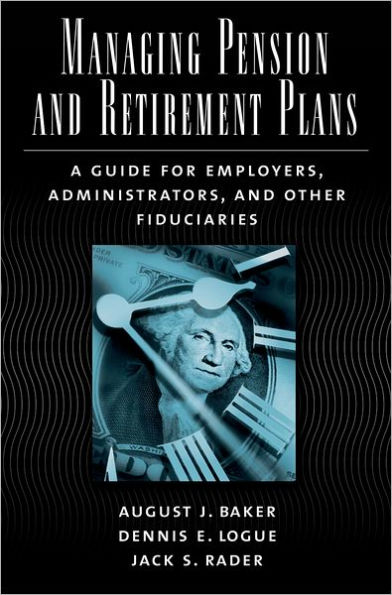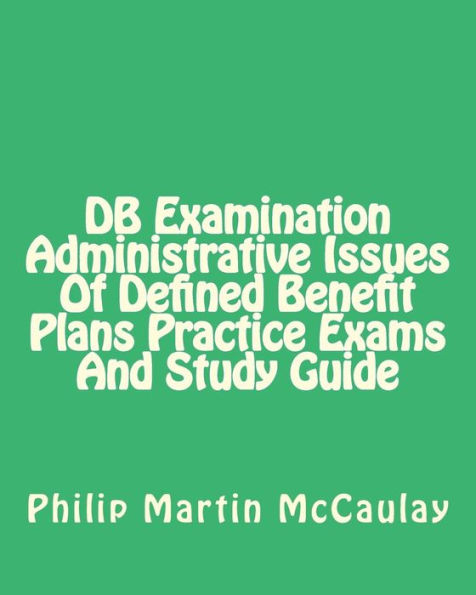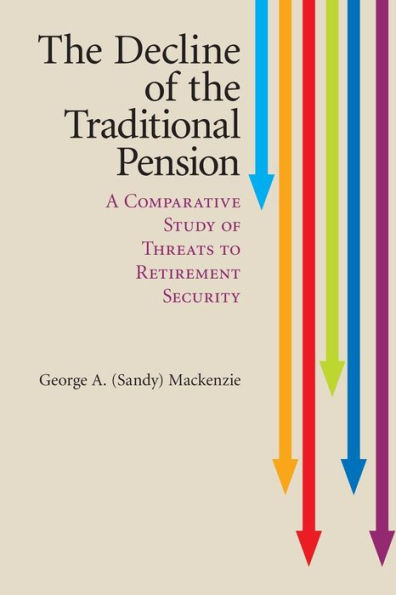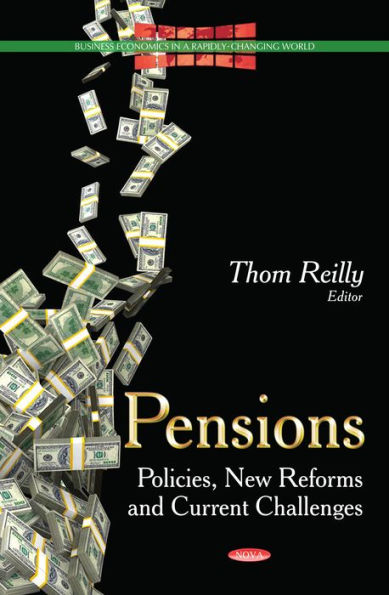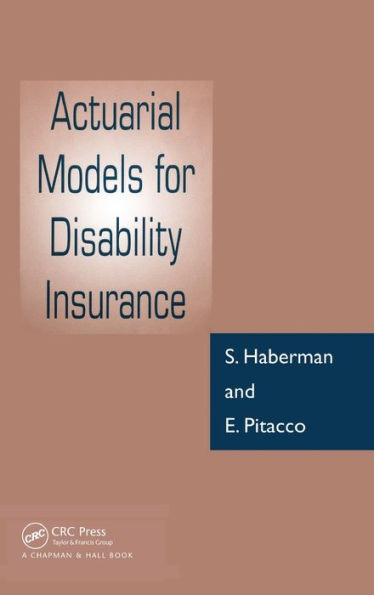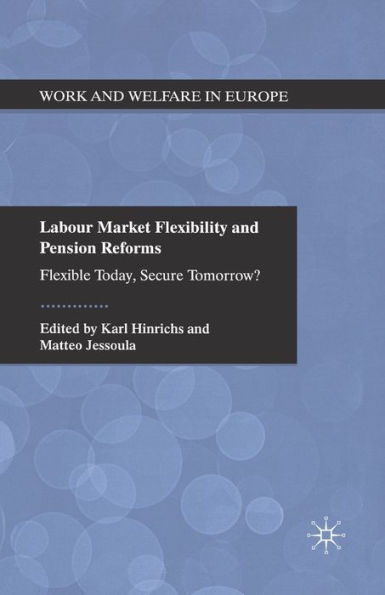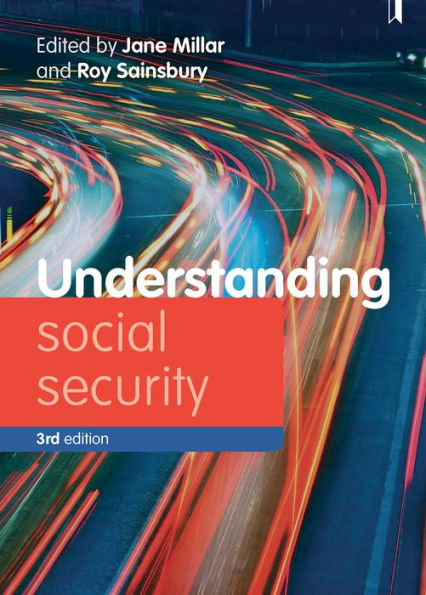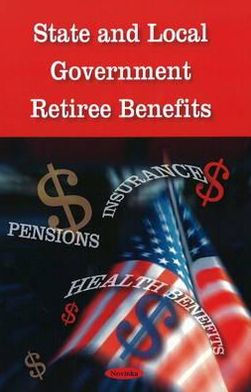Home
Multiemployer Defined Benefit (DB) Pension Plans: A Primer and Analysis of Policy Options
Loading Inventory...
Barnes and Noble
Multiemployer Defined Benefit (DB) Pension Plans: A Primer and Analysis of Policy Options
Current price: $19.95
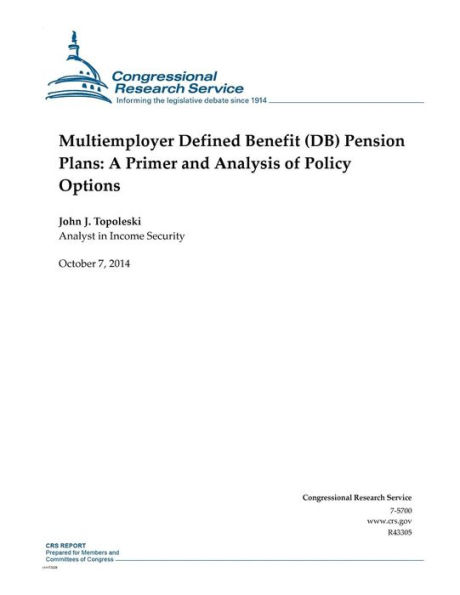

Barnes and Noble
Multiemployer Defined Benefit (DB) Pension Plans: A Primer and Analysis of Policy Options
Current price: $19.95
Loading Inventory...
Size: OS
*Product Information may vary - to confirm product availability, pricing, and additional information please contact Barnes and Noble
Multiemployer defined benefit (DB) pension plans are pensions sponsored by more than one employer and maintained as part of a collective bargaining agreement. About 3.2% of all DB pension plans, covering 25% of all DB pension plan participants, are multiemployer plans. Nearly all of the remaining DB pension plans are maintained by a single employer. A few DB pension plans are maintained by more than one employer but are not maintained under a collective bargaining agreement. In DB pension plans, participants receive a monthly benefit in retirement that is based on a formula. In multiemployer DB pensions, the formula typically multiplies a dollar amount by the number of years of service the employee has worked for employers that participate in the DB plan. DB pension plans are subject to funding rules in the Internal Revenue Code (26 U.S.C. §431) to ensure they have sufficient resources from which to pay promised benefits. Because single employer and multiemployer DB pension plans have different structures, Congress has established separate funding rules for these plans. The funding rules for multiemployer DB pension plans are set to expire at the end of 2014, and Congress has been considering proposals that would alter these rules. Although most multiemployer DB pension plans have sufficient resources from which to pay their promised benefits, a few large plans are expected to become insolvent in the next 20 years. The Pension Benefit Guaranty Corporation (PBGC) is a U.S. government agency that insures the benefits of participants in private-sector DB pension plans. As with the funding rules, Congress established separate PBGC programs to insure single and multiemployer DB pensions. For example, PBGC becomes the trustee of terminated single employer DB pension plans. PBGC does not become the trustee of multiemployer DB pension plans; rather, it makes loans to insolvent multiemployer DB plans so the plans may continue to pay participants' guaranteed benefits. Although PBGC has sufficient resources to make loans to smaller multiemployer DB plans, the insolvency of a large multiemployer DB pension plan would likely result in a substantial strain on PBGC's multiemployer insurance program. In the absence of increased financial resources for PBGC, participants in insolvent multiemployer DB pension plans might not receive all of the benefits guaranteed by PBGC. In a report released in June 2014, PBGC indicated that the multiemployer insurance program is highly likely to become insolvent by 2025.
